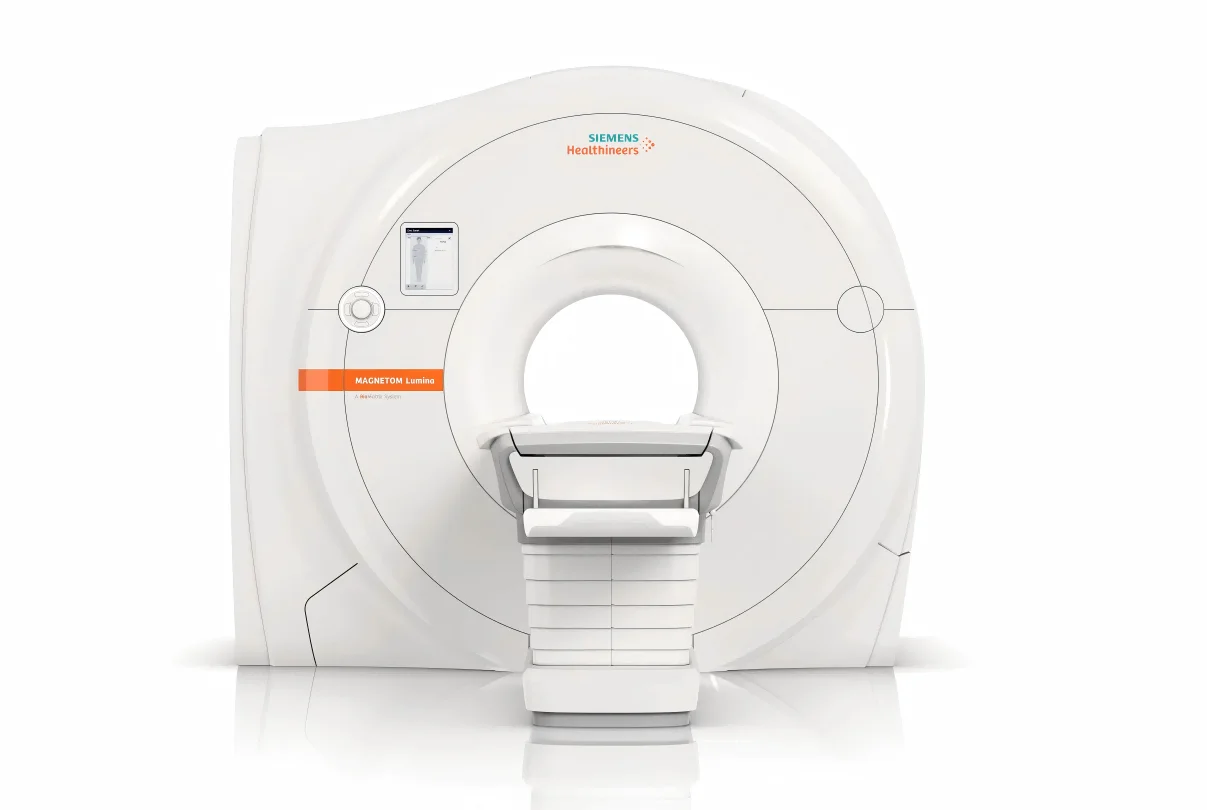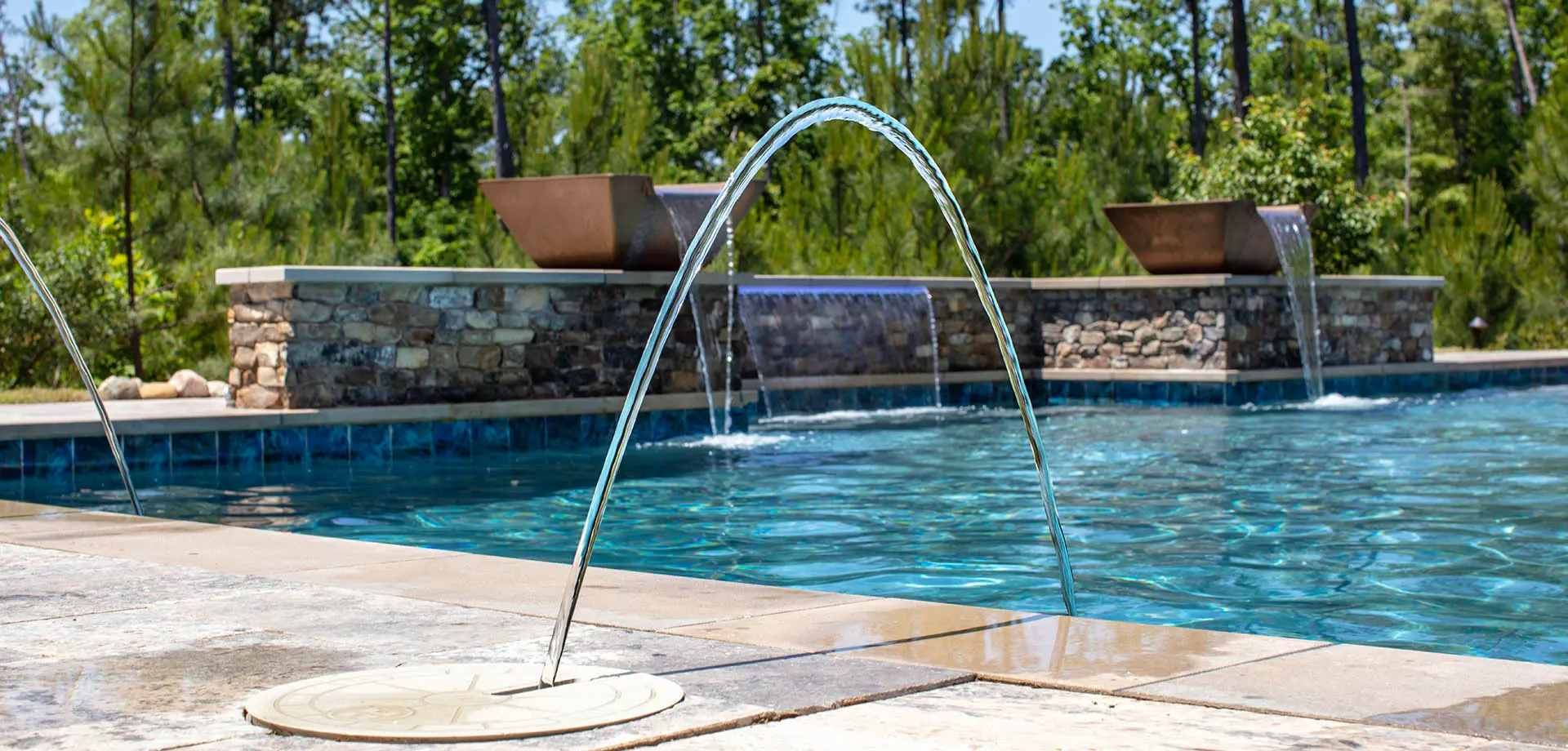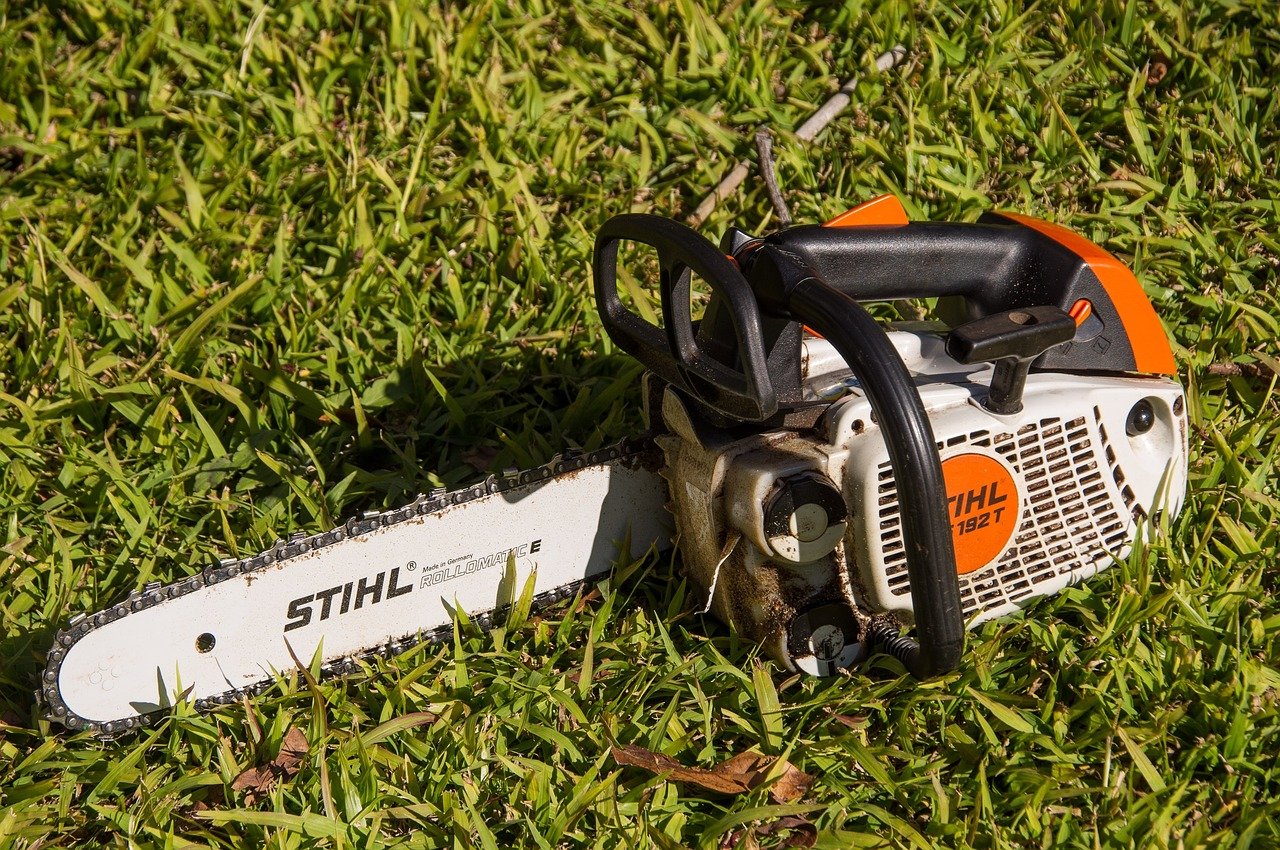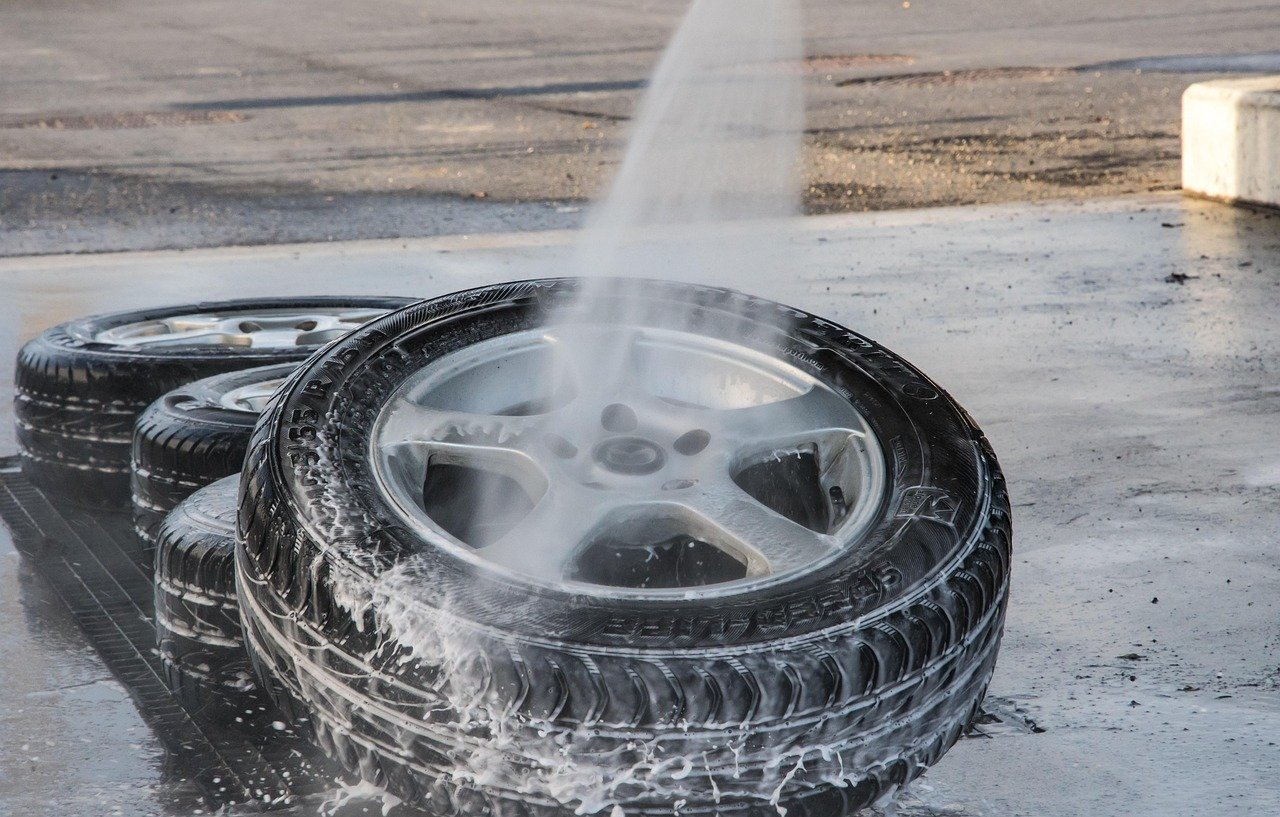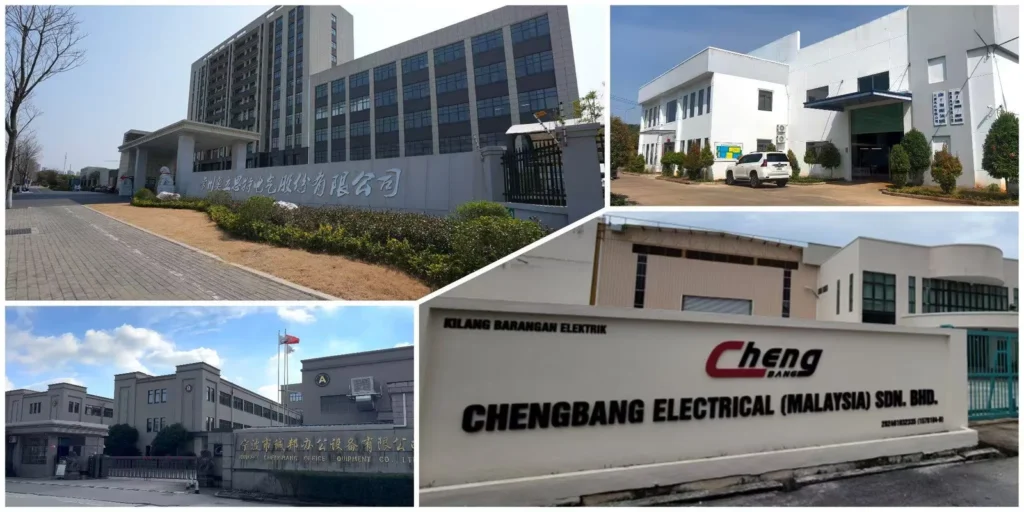
Electric motors come in a wide variety of types and configurations, powering everything from manufacturing equipment to household appliances. Engineers and designers have multiple options when selecting a motor that meets the specific requirements of their application. At Honest Motor, we help you find the optimal industrial motor and components for your systems—ensuring efficiency, reliability, and long-term performance.
Globally, electric motors are broadly classified into two main categories: AC (Alternating Current) motors and DC (Direct Current) motors. In this article, we explore five common subtypes:
In addition to the five motor types discussed above, we also offer two more commonly used motors — the Moteur universel and the Geared Motor. These will be introduced in a separate article.
Key Takeaways
AC motors use alternating current. They are strong and simple. They do not need much care. They are good for steady, heavy work. Factory machines and pumps use them a lot.
DC motors use direct current. They let you control speed and power well. They are great for things that need quick changes. Robots, electric vehicles, and tools use them.
Brushless DC motors work better than brushed ones. They are quieter and last longer. AC motors usually cost less at first. They also save energy in big, steady jobs.
Pick the right motor for your needs. Think about speed, control, cost, and care. Use motor datasheets and ask experts for help. This helps you avoid mistakes.
Honest gives expert help and custom solutions. They have many AC and DC motors for your project. They help you save energy and get the best results.
AC Induction Motors (Asynchronous Motors)

AC induction motors are among the most widely used motors in industrial applications. These motors operate based on electromagnetic induction: alternating current flows through stator windings to create a rotating magnetic field. This field induces current in the rotor, which then produces its own magnetic field, generating torque. Because there is no direct electrical connection to the rotor, these are termed “induction” motors.
Types of AC Motors
There are two main types of AC motors. They are Single-phase and Three-phase.
Single-phase motors are ideal for light-duty applications, such as home appliances and small tools.
Three-phase motors are designed for industrial use and can handle higher power loads efficiently.
Strengths and Uses
AC motors have many good points. They save energy and are easy to take care of. Induction motors can be up to 95% efficient when working hard. Permanent magnet synchronous motors can reach 98.5% efficiency. These motors help you use less energy and spend less money over time.
You see AC motors in many places. Factories use them for moving belts and big machines. HVAC systems use them for fans and pumps. Home appliances like dryers and air conditioners use AC motors. They are quiet and last for (BDC Motors)years.
Honest has many AC motor choices. You can pick single-phase or three-phase induction motors. You can also get permanent magnet synchronous motors. Honest’s motors work well in factories, smart homes, and stores. These motors save energy, last long, and handle tough jobs.
Note: AC motors are a good pick if you want a motor that works for many hours and needs little care. They are great for jobs that need steady speed and strong power.
DC Motors

Brushed DC Motors(BDC Motors)
As the name suggests, a brushed DC (direct current) motor is powered by a DC power supply and uses mechanical commutation. Brushed DC motors are among the most established types of electric motors, widely used in various industrial and commercial applications due to their simple design and reliable performance.
Structure and Operation
Rotor (Armature)
In a brushed DC motor, the rotor is composed of wound magnetic poles. These poles are connected to a power supply through a commutator and carbon brushes. When current flows through the rotor windings, a magnetic field is generated. This field interacts with the stator’s magnetic field, and the rotor attempts to align with it — creating rotational torque. The commutator and brushes continuously switch the current direction in the rotor coils, maintaining unidirectional torque.
Stator
The stator of a brushed DC motor consists of either permanent magnets or wound field poles. Permanent magnet stators create a constant magnetic field, while wound stators are energized by an external voltage or current, allowing for more control over motor characteristics. Common configurations of wound stators include:
Series: Field winding is in series with the rotor
Shunt (Parallel): Field winding is connected in parallel
Compound: Combines series and shunt winding benefits
Each configuration affects the torque-speed curve and is selected based on application needs.
Key Advantages of Brushed DC Motors
Brushed DC motors offer several inherent advantages that make them suitable for a wide range of uses:
Simple Installation and Maintenance
Their mechanical design is straightforward, which reduces the complexity of installation and repair.High Starting Torque
Brushed DC motors deliver powerful torque at startup, making them ideal for applications that require high initial force.Fast Dynamic Response
The ability to respond quickly to changes in control input makes them well-suited for applications requiring frequent start-stop operations.Available in Multiple Standard Voltages
Brushed DC motors can be designed to operate at a wide range of standard voltages, increasing their compatibility across systems.
Brushed DC motors cost less at first. You may need to change the brushes after some time. They are best for jobs that do not cost much or are simple.
Brushless DC Motors

Brushed DC motors operate on direct current and rely on mechanical commutation through brushes and a commutator. The stator provides a constant magnetic field—either from permanent magnets or electromagnet windings. The rotor (armature) has windings connected through the commutator, and current in these windings creates a magnetic field that interacts with the stator, generating torque.
Some main benefits of brushless DC motors are:
Higher efficiency and less heat
Last longer and need less care
Quieter when running
Better control of speed and power
Strengths and Uses
DC motors give you many choices for different jobs. Brushed DC motors are simple and easy to use. You can find them in toys, car windows, and small machines. Brushless DC motors are better for jobs that need to save energy and last a long time. You will see them in electric cars, drones, and medical pumps.
You can use DC motors in many industries:
Automotive: electric windows, pedal drives, and pumps
Medical: oxygen machines, beds, and centrifuges
Tools: lawn mowers, chainsaws, and leaf blowers
Industrial automation: robots and conveyor belts
The market for DC motors is growing fast. Asia Pacific is leading because factories are growing and more cars are being made. North America and Europe also use many DC motors in factories and smart devices. New technology, like IoT and AI, helps you control these motors better and keep them working longer.
Brushless DC motors are great for jobs that need exact speed and low noise. They save energy and help you follow strict rules for efficiency. You can trust DC motors from honest for all kinds of electric motors, from simple tools to advanced machines.
Tip: Use brushed DC motors for simple, low-cost jobs. Pick brushless DC motors if you want high efficiency, quiet running, and long life.
Here is a table that shows how brushed DC motors and brushless DC motors are different:
Performance Metric
Brushed DC Motors
Brushless DC Motors (BLDC)
Efficiency
Lower because of brush friction
Higher with better energy use
Durability (Lifetime)
Shorter; brushes wear out
Longer; no brushes to replace
Maintenance
Needs more maintenance
Needs less maintenance
Noise and Vibration
Louder, more vibration
Quieter, smoother
Speed and Acceleration
Slower
Faster
Torque
Moderate
Higher
Heat Dissipation
Not as good
Better
Choosing the Right Motor for Your Application
Each motor type has its ideal use case. While AC and DC motors differ in construction and power supply, one is not inherently better than the other—it depends entirely on your specific operational demands.

Best Applications for AC Motors
Industrial automation – AC motors are widely used to drive conveyors, pumps, compressors, and ventilation fans due to their reliability and cost-efficiency in continuous operations.
HVAC systems – Heating, ventilation, and air conditioning systems rely on AC motors to ensure stable airflow and long-lasting performance.
Home and commercial appliances – AC motors power washing machines, refrigerators, dryers, and ovens, providing consistent output and low maintenance.
Water pumping systems – Whether in agricultural irrigation, commercial buildings, or residential supply, AC motors deliver steady power for pumps running over long hours.
Commercial kitchen equipment – Ovens, fryers, and grills in restaurants and catering facilities use AC motors for dependable performance under high loads.
Best Applications for DC Motors
Medical equipment – DC motors are ideal for oxygen concentrators, surgical tools, infusion pumps, and patient beds, thanks to their quiet operation, compact size, and accurate control.
Robotics – Brushless DC motors (BLDC) are favored in robotic arms, automated systems, and precision tools due to their high torque density and responsive control.
Mobility and accessibility solutions – DC motors drive electric wheelchairs, patient lifts, and adjustable ramps, offering smooth motion and high starting torque.
Industrial automation – DC motors are widely used in solar tracking systems, printing machinery, and vending equipment where speed adjustment and precise movement are essential.
Logistics and transport systems – Automated guided vehicles (AGVs), sorting machines, and conveyor lines benefit from DC motors’ fast response and compact integration.
How Honest Can Help
At Honest, we understand that choosing between AC and DC motors is more than just a technical decision—it’s about optimizing your system’s performance, cost, and reliability. With nearly 20 years of industry experience and manufacturing hubs across China, Vietnam, and Malaysia, we are trusted by global industrial clients for both standard and custom motor solutions.
Our engineers offer expert consultation to match the right motor to your application—whether you’re building HVAC systems, automation lines, mobility devices, or energy-efficient appliances.
Honest gives you:
Consultation: You get advice based on your job, where you use it, and your budget.
Customization: Honest can make motors just for you, like special mounting, different voltage, or extra protection.
Wide product range: Honest has both ac and dc motors for many jobs, like factories or medical tools.
Ongoing support: You get help with setup, care, and fixing problems.
Callout: Want to find the best motor? Contact Honest for a free talk and see how the right motor can help your project.
FAQ
What is the main difference between AC and DC motors?
You will see that AC motors use alternating current. DC motors use direct current. This difference changes how each motor works and where you use them.
How do I know which motor is best for my project?
You should look at your needs for speed, control, and power. AC motors work well for steady jobs. DC motors give you better speed control. Honest can help you choose.
Do brushless DC motors need maintenance?
You do not need to replace brushes in brushless DC motors. These motors last longer and need less care. You only check them sometimes for dust or loose wires.
Can I use the same motor for different voltages?
You must match the motor voltage to your power supply. Using the wrong voltage can damage the motor. Honest offers motors for many voltage levels.
Where can I get help with motor selection?
You can contact Honest’s team for expert advice. Honest will help you pick the right motor for your job. Visit honestmotor.com for more information.
